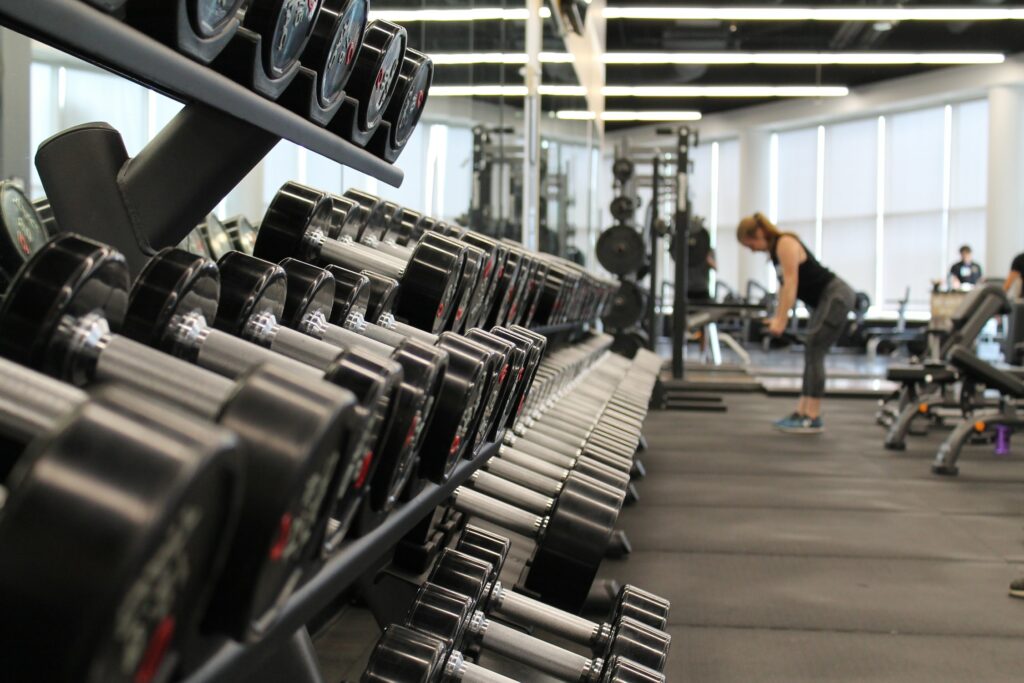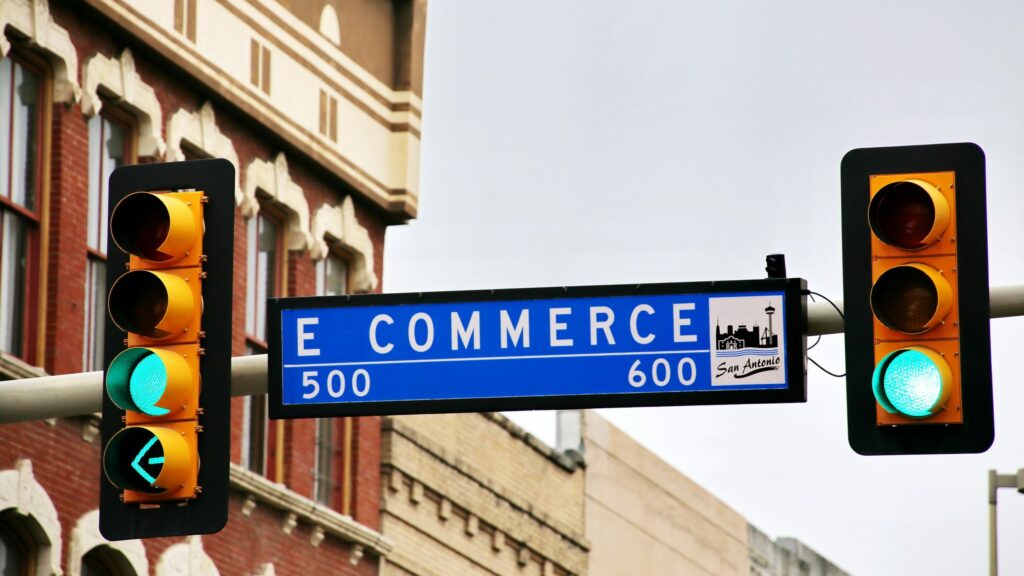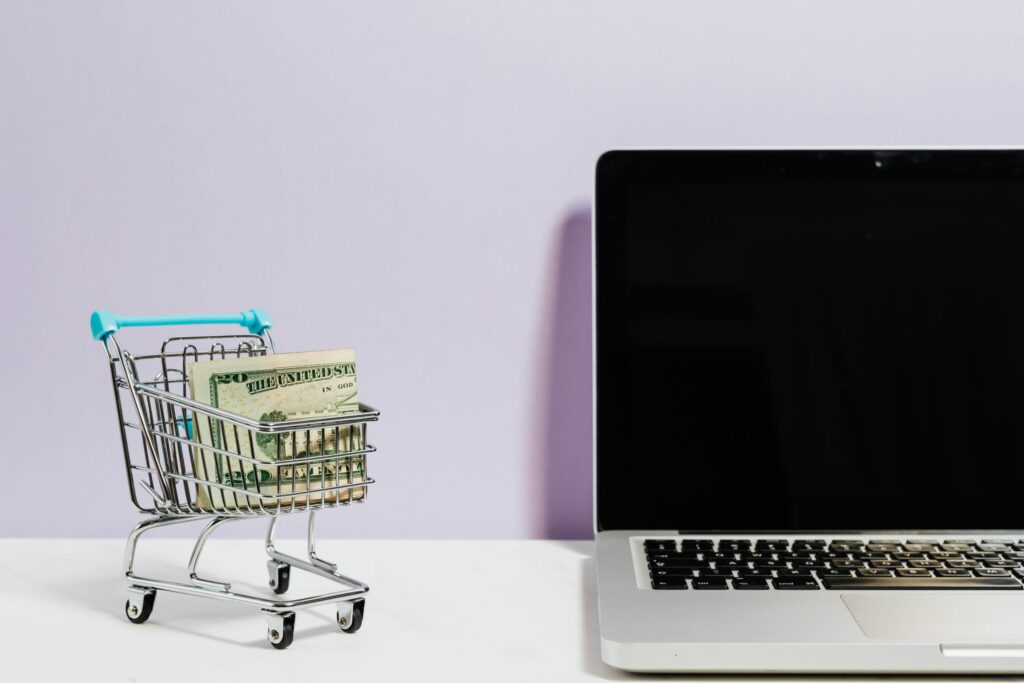The pandemic of 2020 pushed countless industries into chaos.
Countless supply chains shut down, leaving brands without enough inventory to meet growing demands. Purchasing trends began to evolve too, with businesses and consumers alike now placing a greater focus on products for health, wellbeing, and fitness.
For the gym and fitness equipment marketplace, the events of the last two years have been particularly complicated. On the one hand, gym closures meant manufacturers had fewer traditional businesses in search of replacement equipment and new technology. Yet, at the same time, opportunities surged among businesses capable of supplying consumers with their own workout tools.
As the world begins to take its first steps into a post-pandemic recovery, gym equipment providers could be on the verge of incredible growth.
The key to success is knowing which trends to prepare for.
The Impact of the Pandemic on Gym Equipment Demand
During the pandemic, the purchase of toilet paper, flour, and countless other “essentials” increased dramatically. However, soon after consumers began to settle into their new home routines, new priorities bubbled to the surface. People currently missing out on training sessions, time at the gym, and group sports found themselves itching for an opportunity to keep fit. After all, the focus in 2020 and early 2021 for most consumers was on staying as healthy as possible.
With no gyms to turn to, online marketplaces and ecommerce companies selling gym equipment became the new go-to locations for accelerated customer demand. The need for fitness equipment grew so significant that third-party resellers started making a fortune on hugely inflated prices for basic products like dumbbells and workout benches.
Online orders for sporting equipment increased 220% between May 2019 and 2020. Though demand began to slow down slightly again when gyms started to open their doors in certain states, equipment providers are still thriving. Some studies suggest that interest in home fitness equipment has increased by more than 500%. Individual online retailers are seeing incredible results too. One New York fitness retailer achieved a 625% spike in business revenue.
The Challenges and Opportunities for Gym Equipment Sales
Like most industries, the gym equipment space is facing a combination of new challenges and opportunities due to the pandemic. On the one hand, accessing supplies has been harder than ever over the last couple of years. Many companies have been forced to adapt their supply chains and seek out new manufacturers to comply with rising demand.
Following the end of lockdowns and pandemic panic, there will still be some work to do before the supply chain fully recovers. Companies with access to a wider variety of suppliers and manufacturers will likely be the ones best equipped for the near future. Fortunately, outside of the challenges of the new environment, there are plenty of opportunities too. Such as:
- New customers: Companies in the gym and fitness equipment industry are now supplying not just gyms and health centres, but new entrepreneurs who set up their own fitness classes and solutions at home during the pandemic.
- Changing demands: Many organizations will be investing in updated gym equipment and new tools following the pandemic, to demonstrate a commitment to hygiene. This represents powerful opportunities for companies to get involved with new B2B sales.
- Updated purchasing behaviors: People in the B2B and B2C markets are now more comfortable with the concept of shopping online. Gym equipment companies will need to embrace the future of ecommerce and online marketplaces to continue attracting the attention of their clients. Today’s consumers will be looking for more variety and simplicity when buying fitness investments.
How Gym Equipment Companies Can Prepare
Following the pandemic, the world won’t simply return to normal for most companies. Brands in all industries will need to be prepared to adapt to new demands, customers, and market trends. For those in the gym and fitness equipment industry, the global focus on health and fitness will remain high. Now more than ever, people are increasingly concerned with how they look after their health, and there are endless opportunities to take advantage of this fact.
For companies ready to evolve with the times, fitness equipment sales are expected to reach a value of $14.98 billion by 2028. The biggest opportunities will be reserved for the most flexible brands – capable of selling the new equipment and tools clients want, complete with extra solutions for safety and hygiene. More importantly, to earn their piece of the marketplace, business leaders will need to ensure they’re meeting their customers where they are – in the digital world.
Despite many gyms already re-opening around the country, there will still be ongoing opportunities for companies to sell to businesses and consumers alike through an online ecommerce environment. Investing in the digital landscape now is how companies can ensure they’re prepared to not only survive but thrive through the changes ahead.
There will also be significant opportunities available for B2B companies capable of operating through more flexible, marketplace environments. Around 20% of purchasing managers now admit to spending more in marketplace landscapes, as B2B clients search for the same simplicity as their B2C counterparts.
If you want to make sure your business is fit enough to thrive following the pandemic, reach out to Souqbox today. We’ll ensure you have what it takes to build the online presence you need to connect with customers in any environment.













